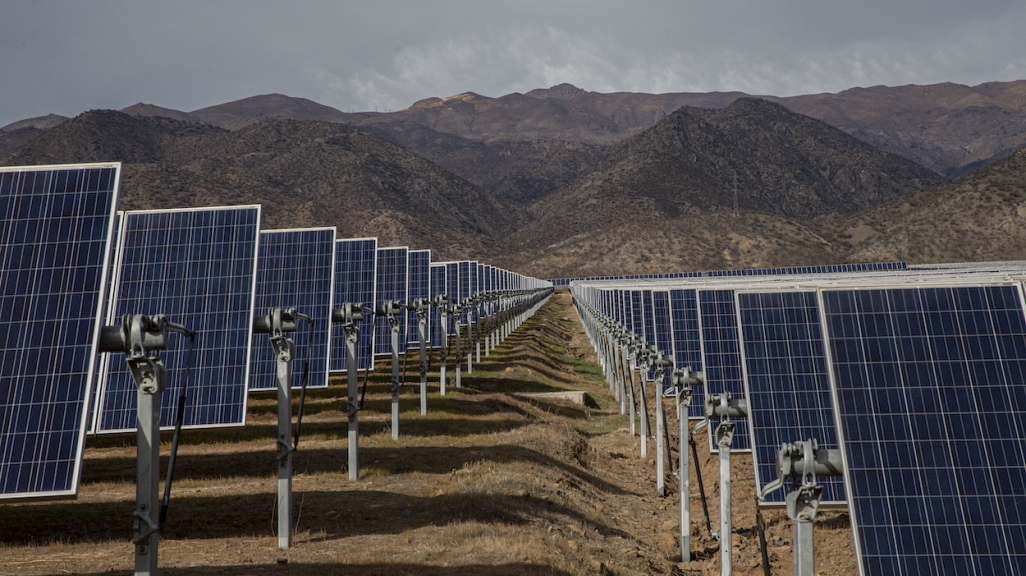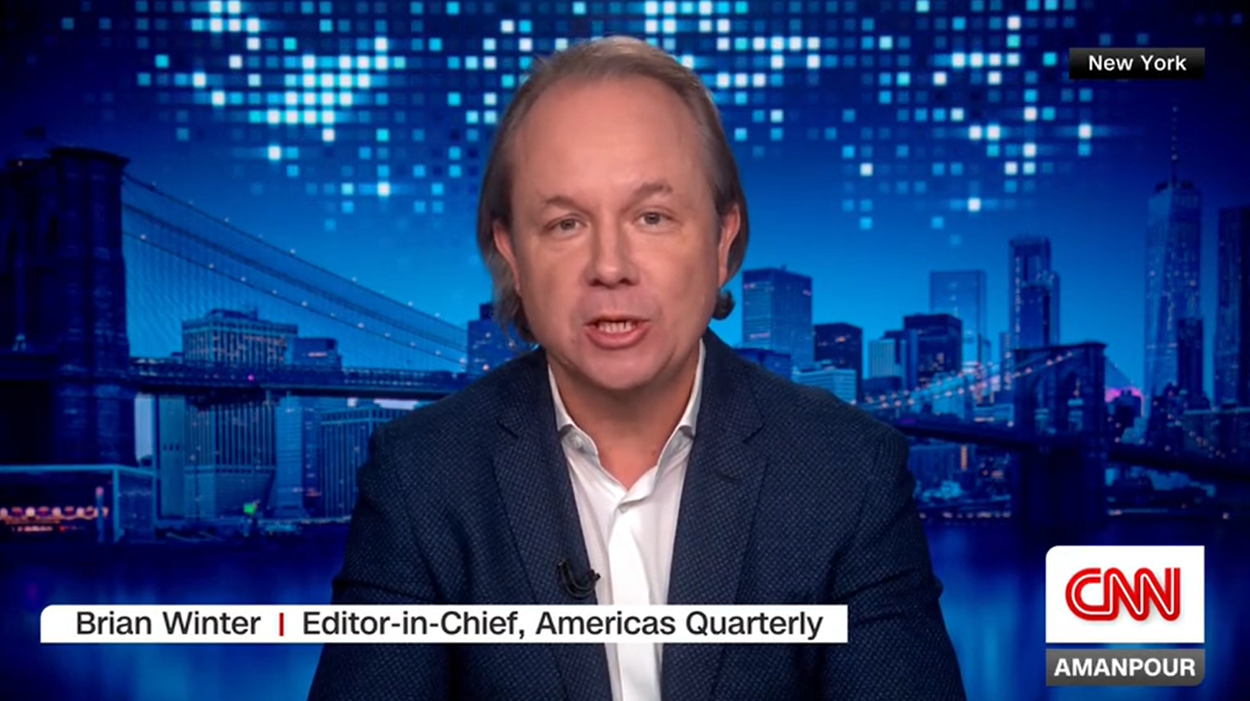Leaders Summit on Climate: Latin America's Concerns
Leaders Summit on Climate: Latin America's Concerns
Seven Latin American and Caribbean countries with varying commitments to fighting climate change are participating in Biden’s virtual forum.
On April 22 and 23, U.S. President Joe Biden plans to host the virtual Leaders Summit on Climate. The goal of the conference is to bring countries together to meet the long-term goal of limiting global temperature rise to 1.5 degrees Celsius by capping greenhouse gas emissions.
Overall, 40 countries are slated to participate in the Earth Day summit. Seven Latin American and Caribbean countries have been invited, including the five largest emitters of carbon dioxide in the region—Mexico, Brazil, Argentina, Chile, and Colombia—plus the Caribbean nations of Jamaica and Antigua and Barbuda. All invitees from the region except Jamaica, have said their head of state will virtually attend. The White House press secretary said countries will present their national plans to meeting climate goals rather than discuss bilateral deals.
Latin America is a critical region to any climate change accord. It is home to extraordinary levels of biodiversity, including extensive and important rainforests, reefs, and glacier habitats. The region also has a dependency on more destructive economic activities, such as agriculture, oil and gas production, mining, and logging. Further, Latin America is particularly vulnerable to the effects of climate change-intensified natural disasters like floods, droughts, and hurricanes. Still, as a developing region, some actors see environmental protections coming at the expense of economic growth.
AS/COA Online rounds up the climate commitments and concerns for each regional participant, in order of magnitude of emissions levels. We also track each country’s nationally determined contributions (NDCs), which are the goals submitted to the Paris Agreement. All countries submitted their first NDCs in 2015 and updated it in 2020.









